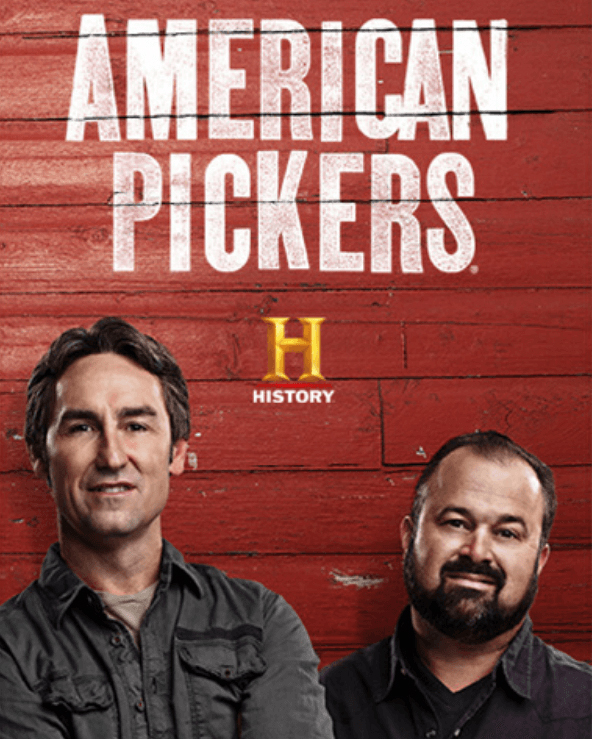– By #Pioneer Auto Show
Did you know that Buick is not only the oldest car brand in the United States, but is one of the oldest in the entire world? Although Buicks are generally associated with wealthier, older car buyers, their distinguishable features are recognized by those of all walks of life, and their popularity has only increased in recent years. Read on to learn about the long history, and more interesting facts, of the brand that continues to stand the test of time.
Humble Beginnings
Named for automotive pioneer David Buick, Buick was founded in 1899. That year, Buick’s chief engineer, Walter Marr, built the first automobile to be called a Buick. David Buick was reluctant to begin making automobiles and instead wanted to continue producing stationary and marine engine production; however, 37 Buick automobiles were made that first year. After running into some financial difficulties, Buick turned to William Durant who owned Durant-Dort Carriage Co., the largest producer of horse-drawn vehicles in the U.S. Although Durant was initially skeptical about the idea of a motorized vehicle, he saw the potential for great success, so he joined in as Buick’s controlling investor. He is said to have taken orders for 1,000 Buicks before the company could build 40. Durant decided during this time that he wanted to move company operations from Detroit to Flint, MI, which was completed in 1905.
Buick: A Growing Empire
After moving to Flint, Buick’s popularity continued to take off and the production of cars soared, from 750 in 1905 to 8,800 in 1908. This allowed them to take over the number one spot for automobiles produced from close competitors Ford and Oldsmobile. From this success, Durant created a holding company that year, named General Motors. Oldsmobile, Cadillac and Pontiac were also added to the organization.
Buick saw a lot of “firsts” in these early years. In 1906, Buick was the only car to complete a 1,000-mile relay race from Chicago to New York, and was the first car to travel across South American in 1914. The company also won many races throughout these years, including a hill-climb across the country in 1904 with one of the first Buicks ever built.
Production reached more than 260,000 units in 1926, with Buick’s reliability making the car world-famous. The car was taken around the world and entered in such events as a tug-of-war with an elephant in Africa (the Buick won). Parts were shipped to countries like Spain, England and Australia, where assembly was then completed. Buick opened its first international sales office in 1929 in Shanghai, China.
Through Thick and Thin
The Great Depression caused Buick’s production to dive to about 40,000 in 1933. When the small Series 40 was launched in 1934, however, it sparked new hope for the company. Churning out a spectacular performance for $865, the car’s production topped 78,000 and brought Buick back on top. The roll-out of other Buick models, including the Special, Century and Limited, helped to bring production back into the 200,000s by 1936.
During World War II, Buick turned to the production of aircraft engines, Hellcat tank destroyers and other military hardware. Following the war, Buick enjoyed a great era of styling, engineering and sales, with an astounding 745,000 Buicks sold in 1955. Their iconic grille, introduced in 1942, grew bigger during this time, and the hardtop convertible was introduced. Another economic recession in the late 1950’s threw another wrench in Buick’s spokes, however, as people started to turn to smaller, more economical cars to save money. By 1959, sales had again plunged to less than 250,000.
The Rebound of Buick
Things started to change for Buick in 1959, when they changed the names of the Special, Century, Limited and Roadmaster to LeSabre, Invicta and Electra. They also rolled out a compact car to cater to those on a budget. The Buick Riviera , considered a classic today, rolled off the production line in 1963 and also helped contribute to the rise in sales. 1983 and 1984 saw Buick breaking sales records and selling more than one million cars worldwide.
By 1989, Buick was #1 in North American and #2 in the world in quality rankings by J.D. Power and Associates. The car company became “the new symbol for quality in America.” The general manager for Buick in 1986, Edward Mertz, said that Buick would continue to “emphasize smooth power and high performance along with rich detail and comfortable accommodation.” Those factors clearly won over consumers, because in 1991 Buick led all auto producers, both domestic and foreign, in market share and sales volume improvement in the U.S. market.
Today, and the Future of Buick
Buick still holds its place in the automakers world and continues to break records. In 2015, they sold over one million cars, which was a record for the company. Although the brand started in the U.S., today over 80% of Buicks made are sold in China, and they are also sold in Canada and Mexico. Buick has cemented their mark in history as the largest automaker in history, and their reputation for dependable cars has not waned. Stay tuned to what the future holds for Buick!
The next time you visit the Pioneer Auto Show, count how many Buicks you find! We’re proud to be the home of over 275 classic cars, including many different Buick models from throughout the years. Hope to see you soon!
Last Modified:




